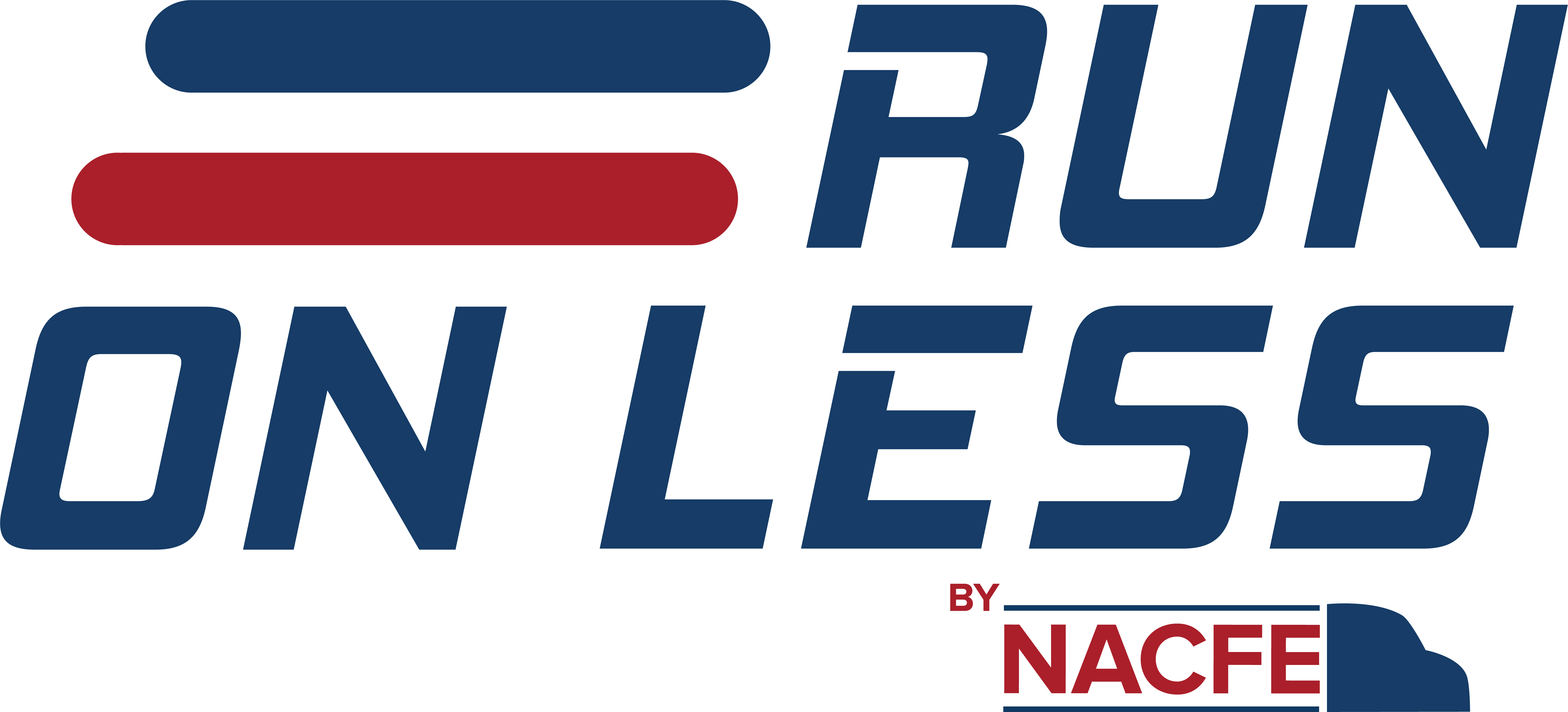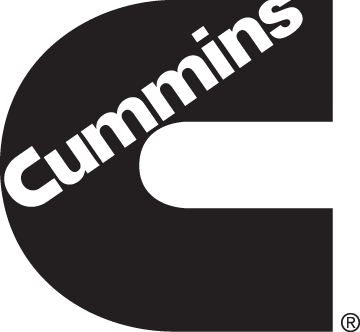Truckers Lead the Charge to Go Electric
More than a dozen different electric trucks from companies such as Frito-Lay, Anheuser Busch, Penske and DHL will be measured over the next three weeks along their usual delivery routes to tally the amount of carbon they emit. This is a part of Run on Less, a program aimed at measuring efficiency in trucking that is a collaboration between the North American Council for Freight Efficiency (NACFE) and RMI.
For the first time, all trucks participating in the event are powered by electric motors—revealing the momentum within the trucking industry for adopting greener delivery vehicles. This is critical now more than ever, as North American delivery is growing amid an e-commerce boom driven by the pandemic. Trucking emissions account for 24% of emissions in the United States, and on average, trucks emit more carbon than gasoline-powered passenger cars.
Data will be collected daily along the three-week run and streamed live online. Final results will be unveiled the week of September 20.
“The transition to electric trucks is happening in the trucking industry all over North America. Our preliminary findings based on early adopters show that switching from a gasoline or diesel-powered vehicle to an electric one is affordable. And there is now inertia in the trucking industry that will speed up adoption in coming years.”
– Mike Roeth, NACFE Executive Director
Interviews with truckers, fleet operators and delivery companies prior to the Run’s launch also found the following:
- Early adopters of electric vehicles (EVs) are validating an acceptable total cost of ownership in urban medium-duty vans and trucks, terminal tractors and short regional haul applications.
- EV adoption is occurring throughout North America, but for longer haul heavy-duty semi-trucks use has been somewhat limited to California.
- There are benefits to EVs (quiet operation and reliability) as well as challenges (infrastructure and range).
- EV truck ecosystem inertia is in its early stages with many solutions emerging that will support adoption in the next several years.
- The industry needs to develop standards in the areas of charging, repair, maintenance and training.
- There is a huge demand for real-world information on EVs in commercial applications and on charging infrastructure.
- The mix of startups and traditional truck OEMs and component manufacturers is expediting the development of creative and practical solutions.
- More thought is needed on the best way to gather and manage the necessary data for fleets and manufacturers to measure and monitor their EVs
- Early adopters of EVs are having an influence on improving trucks and infrastructure
- EVs present operational challenges, for example longer charging times than fueling, which these fleets are working to mitigate.
“At Penske, we support customers with a wide variety of different truck solutions—including electric vehicles. Run on Less – Electric is going to highlight some of the early adopters of electric trucks, like Penske, while exhibiting the key benefits and challenges in each segment. We are excited to be part of this and encourage all parties helping to improve EV operations to follow the Run.”
— Paul Rosa, Senior Vice President Procurement and Fleet Planning, Penske
In addition to the preliminary findings, NACFE also is revealing the names of the 13 drivers participating in the Run. “We met all 13 drivers and learned about their experiences with EVs,” Roeth said. “Overwhelmingly they are excited about these trucks and very willing to share their experience behind the wheel.”
In addition to the preliminary findings, NACFE also is revealing the names of the 13 drivers participating in the Run. “We met all 13 drivers and learned about their experiences with EVs,” Roeth said. “Overwhelmingly they are excited about these trucks and very willing to share their experience behind the wheel.”
The drivers, truck manufacturers and fleets participating in Run on Less – Electric are:
- Rene Solis—driving a BYD tractor for Anheuser-Busch
- Joseph Villaneuva—driving a Cummins box truck for Frito-Lay
- Donald Disesa—driving a Freightliner eCascadia for Penske
- Jazmin Vasquez—driving a Kalmar Ottawa electric terminal tractor for NFI
- Antonio Grimila—driving a Lightning eMotors van for DHL
- Francis Lajoie—driving a Lion6 electric truck for Day & Ross
- Ray Hancock—driving a Lonestar Specialty Vehicles terminal tractor for Ryder
- Alexander Schaumann—driving a Motiv-Powered step van for Purolator
- Conrad Hanson—driving an Orange EV terminal tractor for Ruan
- Pat Brandon—driving a Peterbilt 579EV for Biagi Bros.
- Michael Johnson—driving a Roush CleanTech truck for Roush Fenway
- Jeffrey Howard—driving a Volvo electric VNR for NFI
- Stephen Garrett—driving a Workhorse C1000 for Servall Electric
A few key metrics from the efforts so far include the following:
- The Electric Truck Bootcamp featured 48 experts and had about 1,500 participants who took part in person or by viewing each of the 10 trainings.
- NACFE visited all 13 deployments interviewing 91 first-hand people taking advantage of these trucks in everyday operation.
- Of the 35 videos telling the various stories around electric adoption, 15 are already available on www.runonless.com.
- Metrics will begin streaming from each truck starting Thursday, September 2. The Run begins September 2 and lasts for three weeks.
You can follow the Run, track fleet metrics and see video stories from the road at runonless.com. You also can follow the Run at @RunonLess on Twitter.
Media Inquiries Please Contact:
NACFE: Denise Rondini, T: +1 773-951-8563, E: denise.rondini@nacfe.org
RMI: Alex Chin, T: +1 973-262-0002, E: achin@rmi.org
Some of these vehicle-manufacturer pairings are part of California Climate Investments, a statewide initiative that puts billions of cap-and-trade dollars to work reducing greenhouse gas emissions, strengthening the economy, and improving public health and the environment—particularly in disadvantaged communities.


